Adopt a lobster adopt now
We welcome you to read our summer edition of the Whitby Lobster Hatchery Newsletter! Thanks again to all of our readers for their continued support in our mission to protect, conserve, educate and research Lobsters!
”This is our second season running the lobster hatchery and what amazing progress we have made. Doubling our output and impact on the marine ecosystem. Opening our doors to so many interested people has been brilliant!"
― Joe Redfern, General Manager
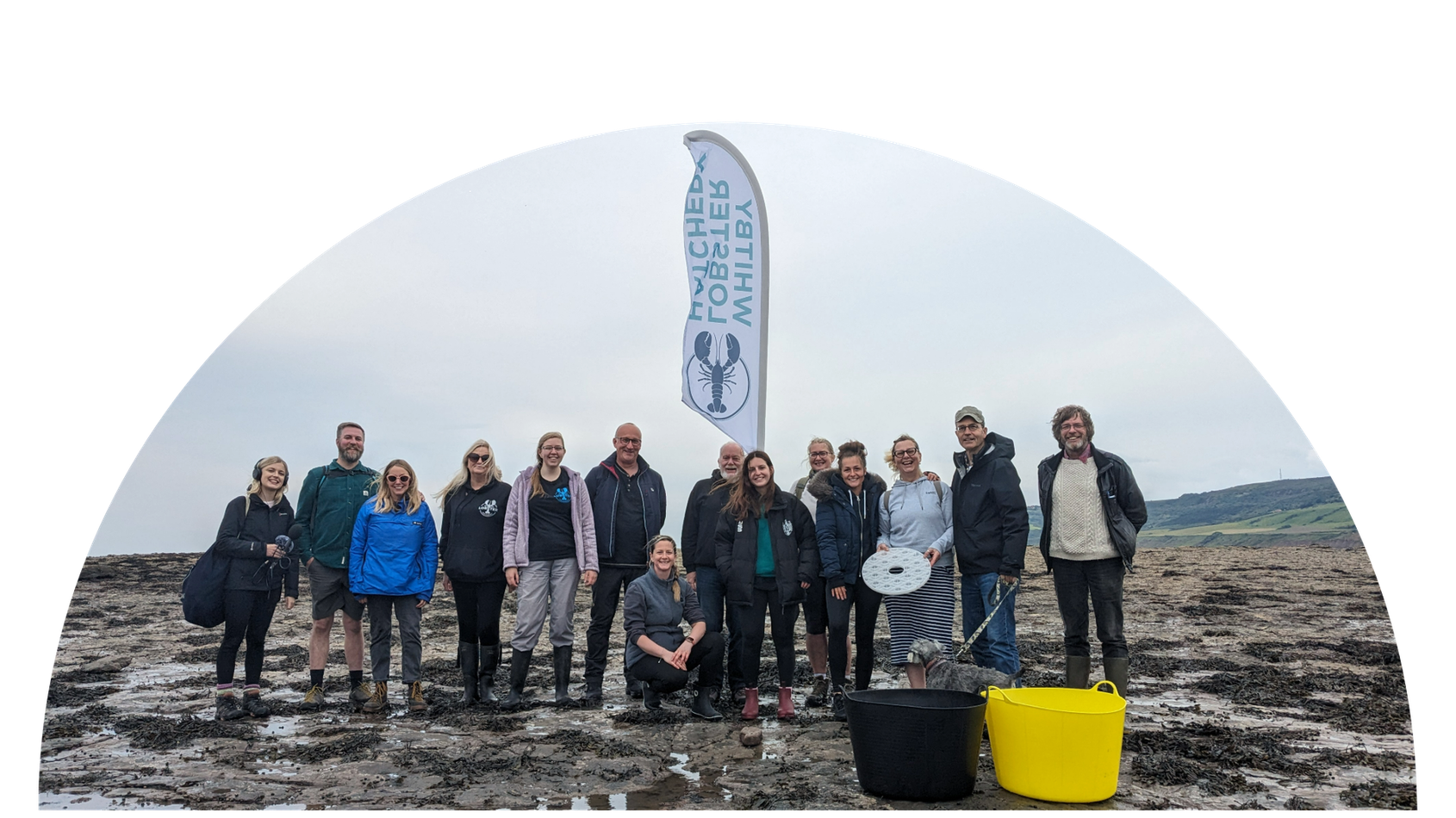 We would also like to thank everyone that entered into our art & design lobster themed calendar competition. The deadline for entries has now come to a close and a team at the Whitby Lobster Hatchery will now have the very difficult decision of picking our winners.
We would also like to thank everyone that entered into our art & design lobster themed calendar competition. The deadline for entries has now come to a close and a team at the Whitby Lobster Hatchery will now have the very difficult decision of picking our winners.
We will contact winners via email very shortly so keep an eye out!
Our second hatching season here at the Whitby Lobster Hatchery is well under way and so far have released just over 10,000 baby lobsters back into the north sea! We are on track to release 3 times the number of stage 4 lobsters back into the ocean compared to our first year! Our lead aquaculturist Rio has been refining and developing protocol to increase biosecurity and, most importantly, overall survival rates of our baby lobsters.
This massive improvement on the number of larvae being released would not be possible without our incredible staff members, team of volunteers and our interns this spring/summer time. Most of our releases have been in the rockpools down at Sandsend and Robin Hood’s Bay with lots of nooks, crannies and algae for our little lobsters to hide themselves away in. A team of local divers have also helped to release some lobsters at a shipwreck off the coast of Whitby.
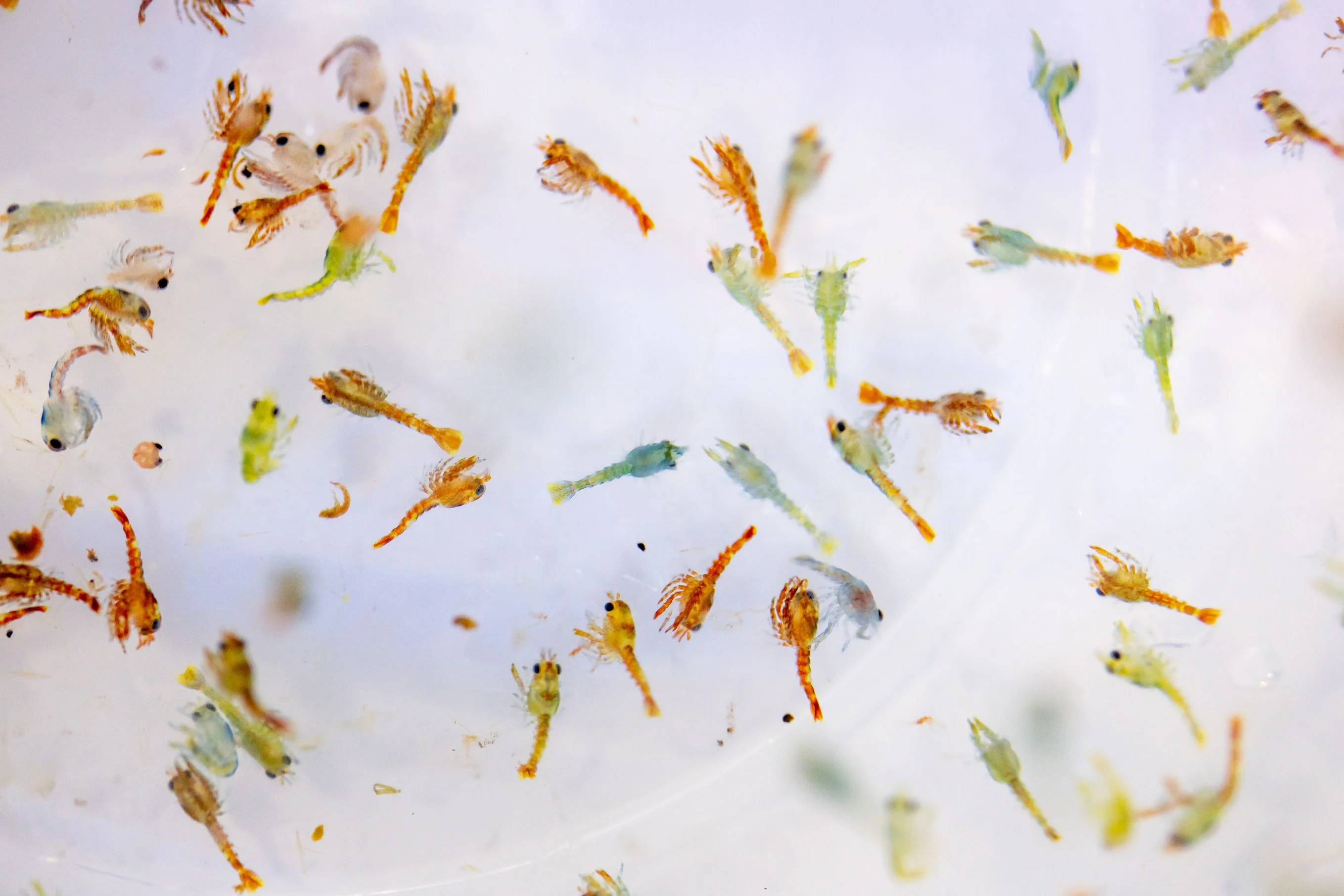
At Whitby Lobster Hatchery, we offer a select number of internships providing a hands-on introduction to the aquaculture industry. Interns gain practical experience cultivating Artemia salina for lobster larvae feeds, checking hen health, cleaning tanks, and monitoring lobster larvae growth. They also stock AquaHive trays with stage 4 lobsters, ensuring they remain separate to prevent cannibalism.
We’ve welcomed students from various universities and colleges, including our first international intern from Spain, Carlos. Joseph and Tia from Newcastle University, and Jack from Exeter University, conducted biometric data collection alongside their hatchery duties, gathering valuable insights to improve survival rates and health.
Tia “learnt so much about the aquaculture industry” and Maddy from York University loved “being in a group of people who care about sustainability.”
Interested in joining us? Contact us about our next season of internships!
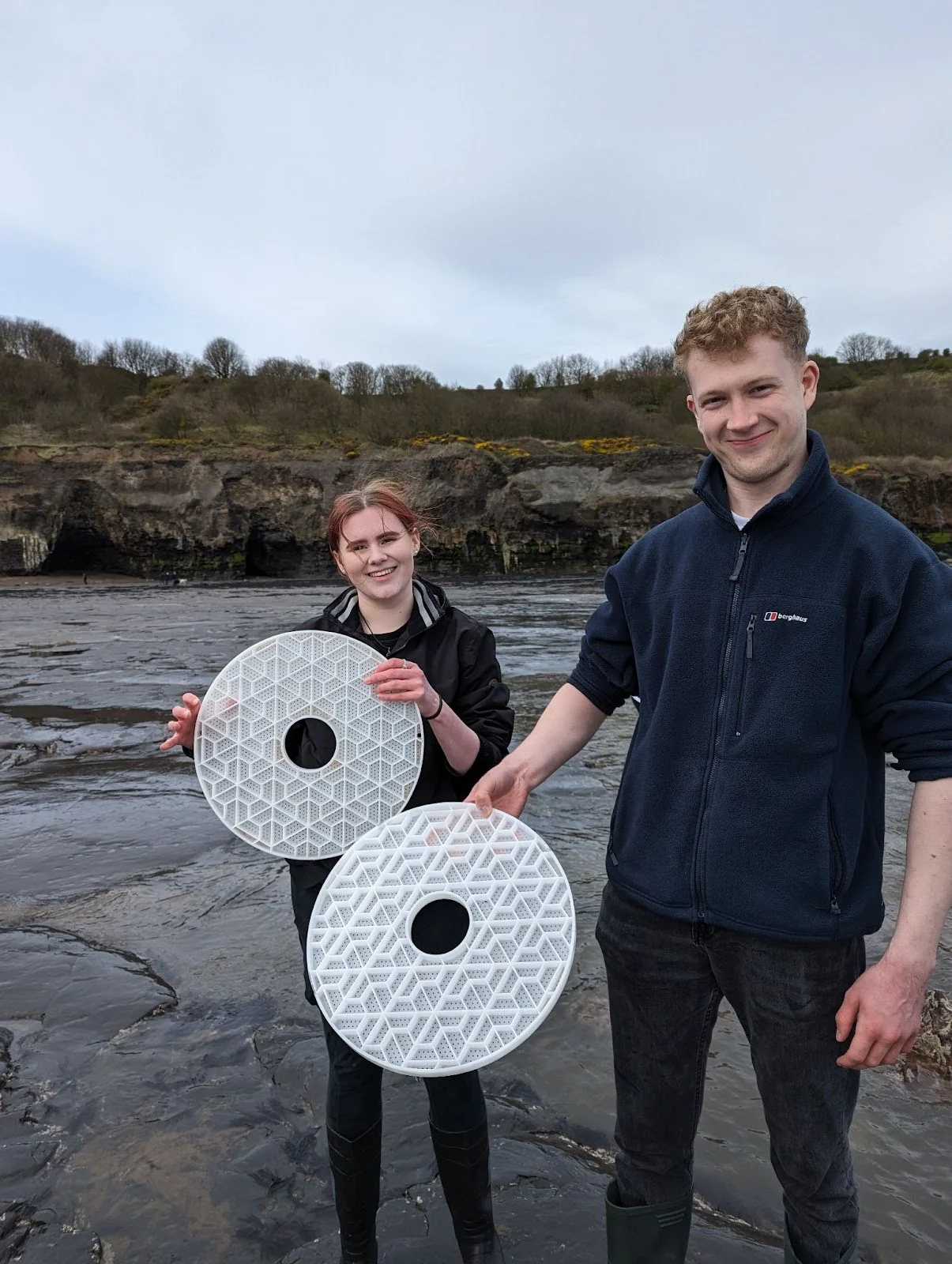
What is Artemia and Why Do We Use It?
Artemia salina, commonly known as brine shrimp or sea monkeys, are crustaceans native to salt lakes, capable of surviving extreme salinity and temperature changes. In their cyst form, they can remain dormant for up to 50 years, hatching only when conditions are optimal. They are perfect for feeding lobster larvae, which are passive suspension feeders, requiring regular and plentiful food due to their frequent molting and high energy needs.
The Harvesting Process
Each day, we add about 5 million Artemia cysts to warm, bubbling water. Overnight, they hatch and are harvested the next morning. Artemia is most nutritious at its first life stage, Instar1, so we aim for an 18-hour hatching period for optimal results. The cysts are coated with iron, allowing us to separate them using a magnet, ensuring only the nutritious Artemia are fed to the lobsters.
Lobster tanks are fed four times a day to keep the larvae well-nourished and reduce cannibalism. As the larvae grow, they are also fed brine shrimp along with Artemia.
Other Artemia Eaters
Our discovery center is home to various filter feeders that enjoy leftover Artemia, including:
Anemones: Use sticky tentacles to capture food from the water.
Scallops: Filter water to keep tanks clean.
Dead Man’s Finger: A UK native coral that grabs floating food.
Pipefish: Prefer adult brine shrimp but also consume Artemia with their long snouts.
These filter feeders help maintain a balanced and clean environment in our tanks.
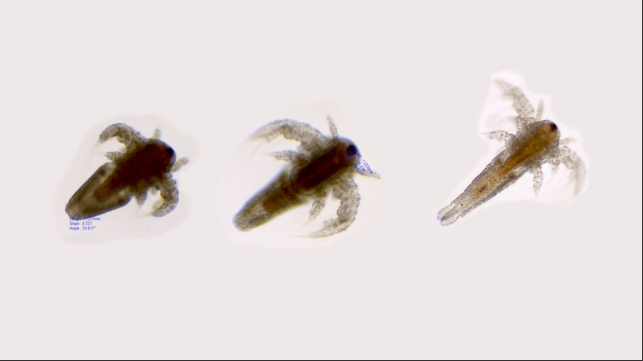
New Ballan Wrasse
We’ve recently added three new Ballan wrasse to our tanks! The largest of the wrasse family in UK waters, these fish come in various colors and sizes, typically in shades of green, brown, grey, and orange, with striped or mottled appearances. Shy by nature, they spend most of their time hiding in kelp or seaweed. Visit our Marine Discovery Centre and see if you can spot them!
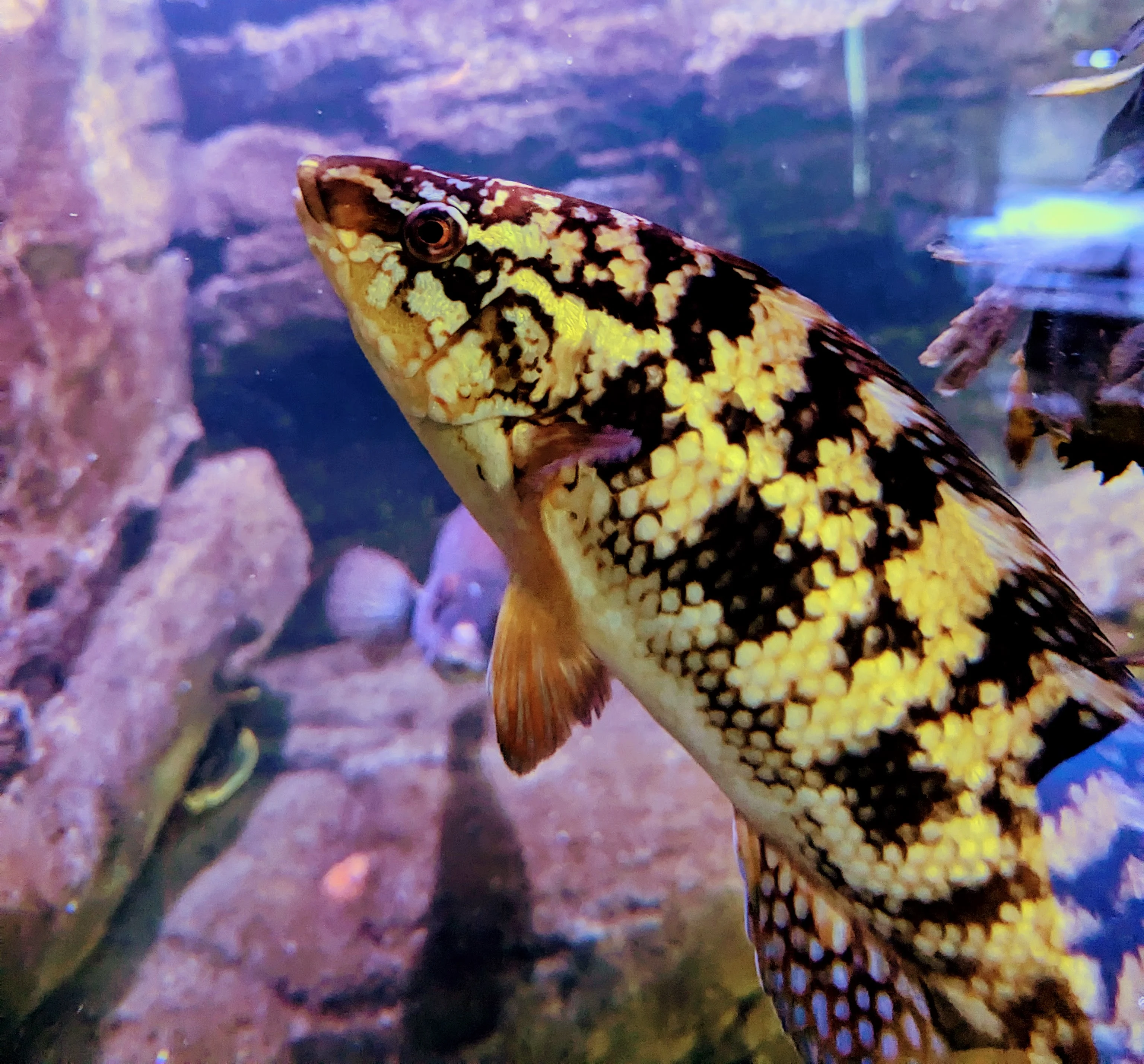
Become a
Lobster Buddy
Like What You See?
Our Supporters
Contact Details
Whitby Lobster Hatchery,
Pier Road,
Whitby,
North Yorkshire,
YO21 3PU,
United Kingdom
© 2025 by Whitby Lobster Hatchery. All Rights Reserved. Registered Charity 1193944
Designed by Fitzpatrick Design / Developed by Askew Brook